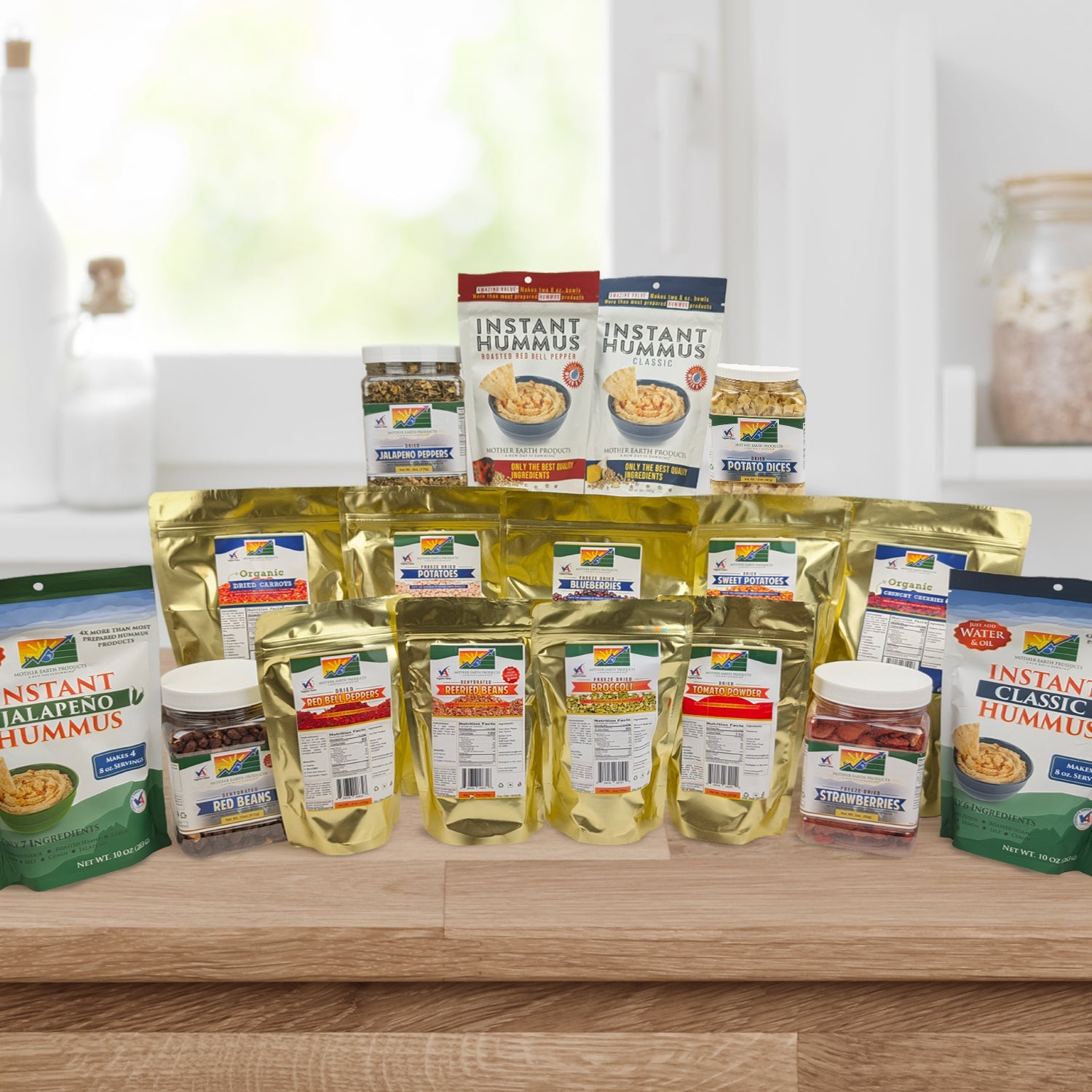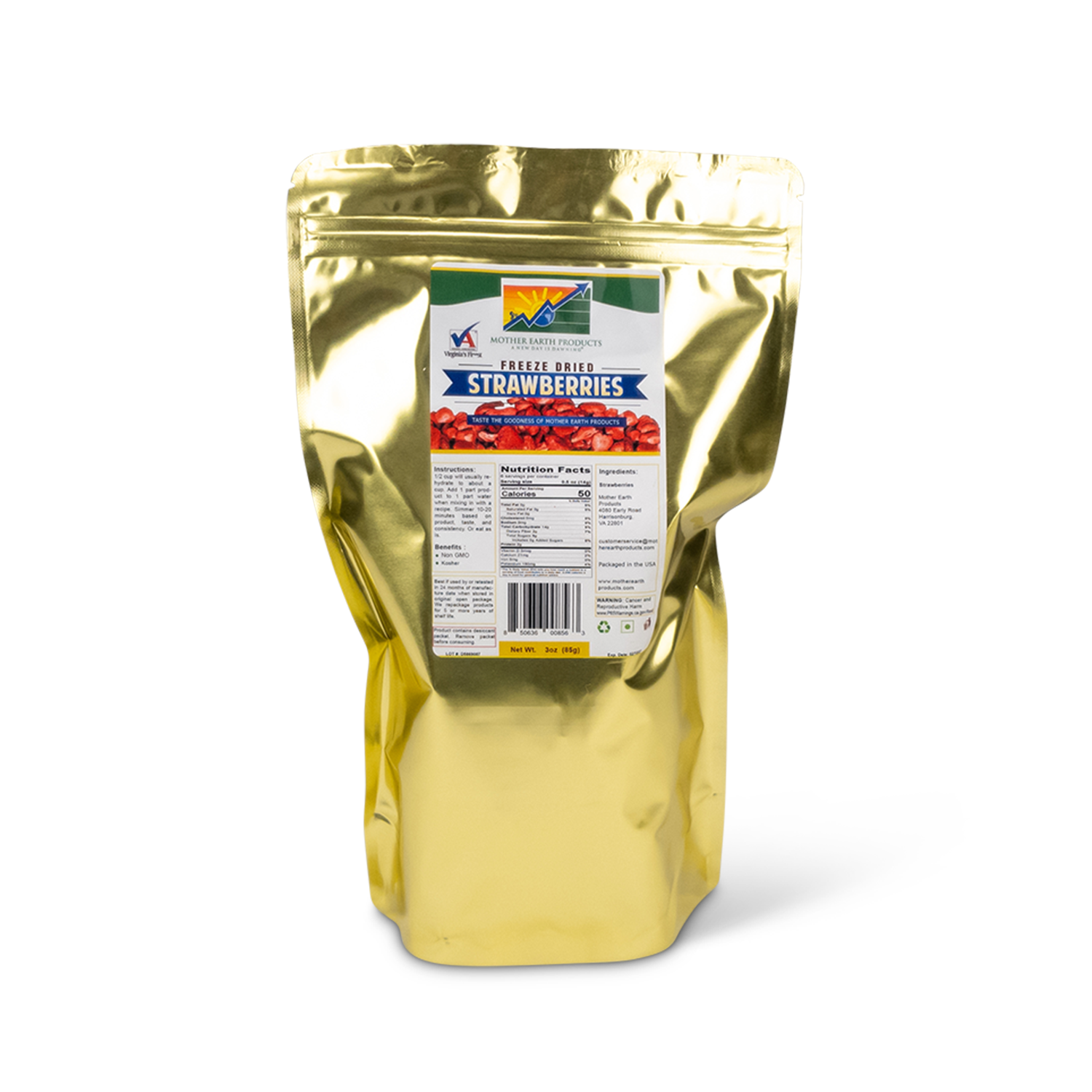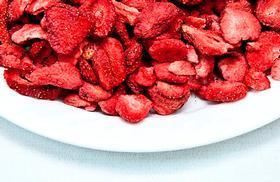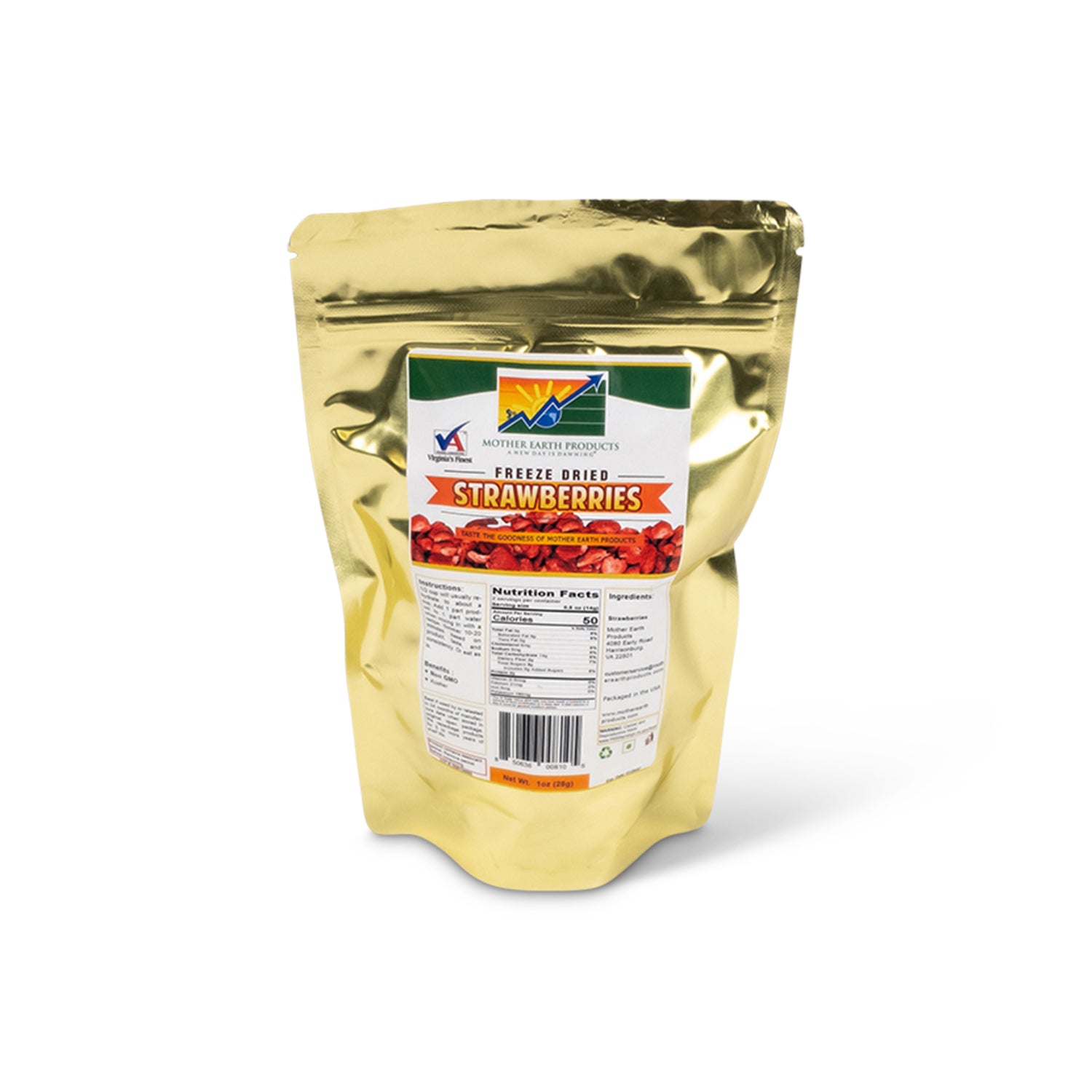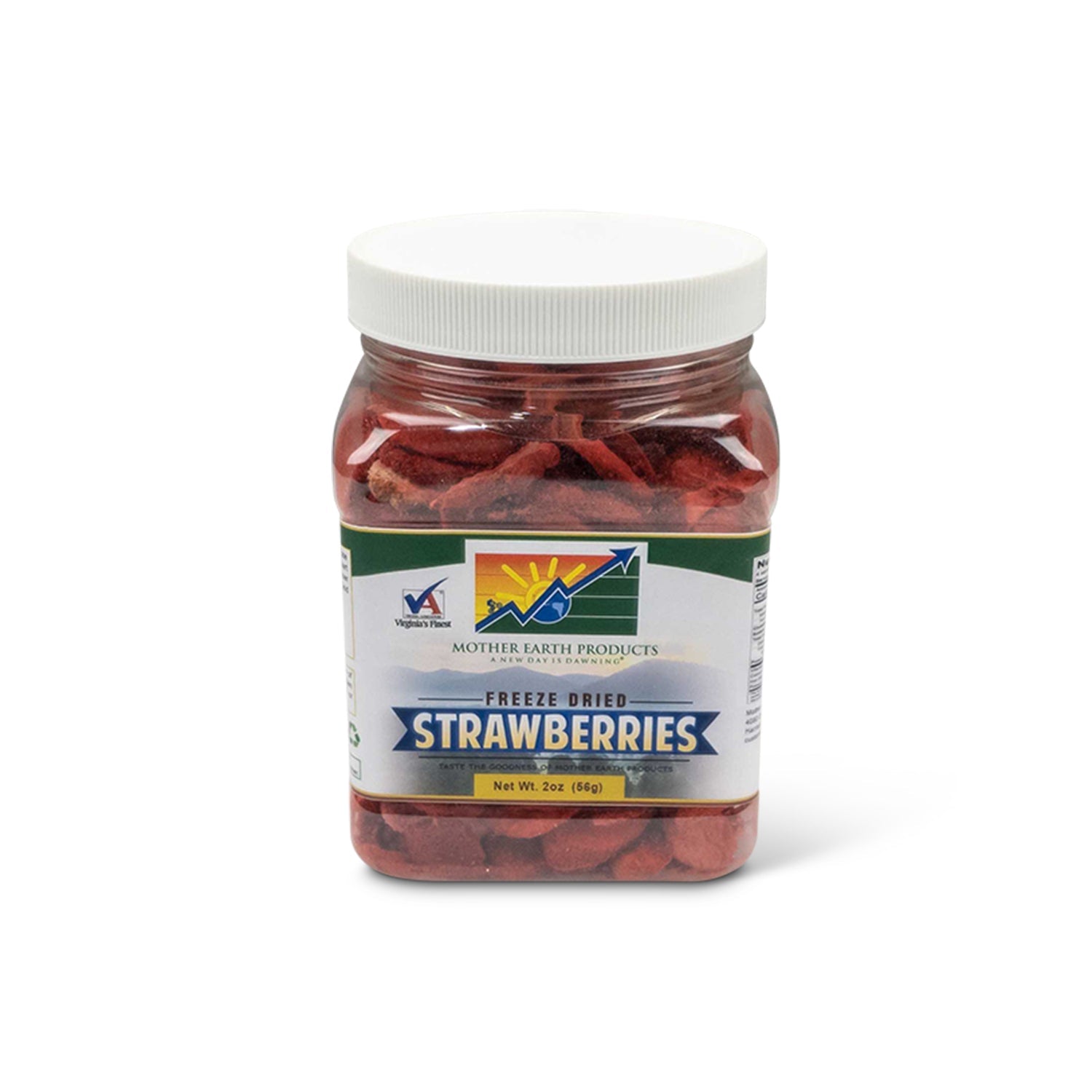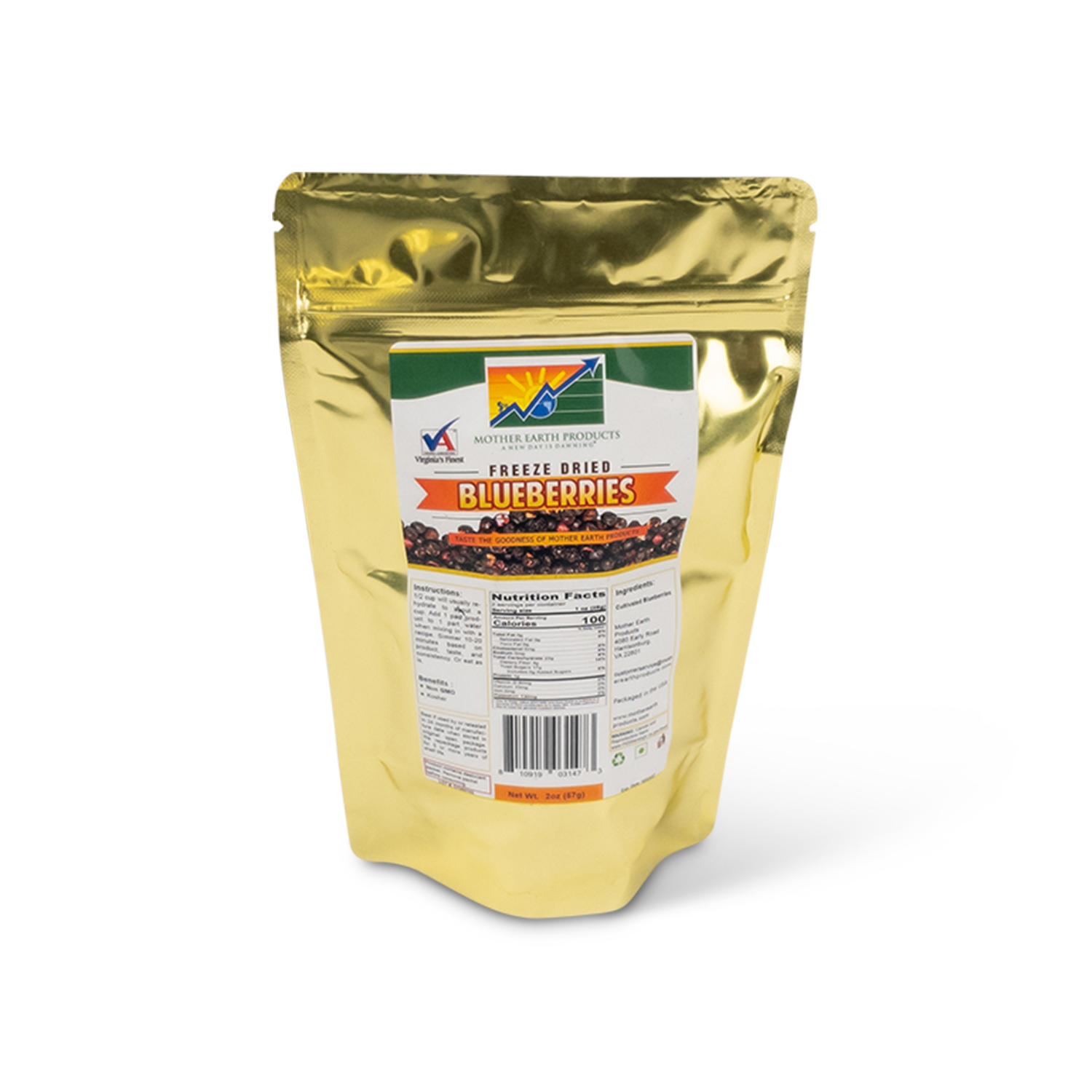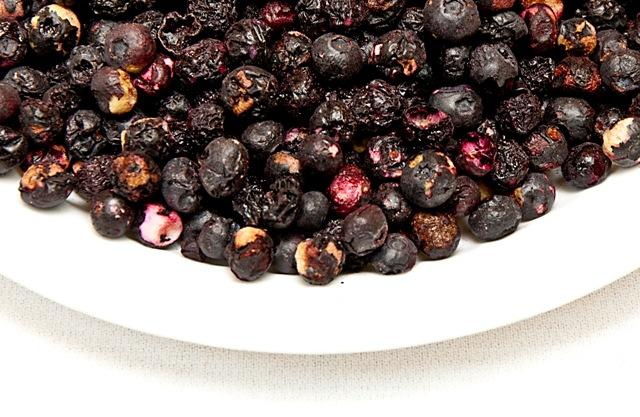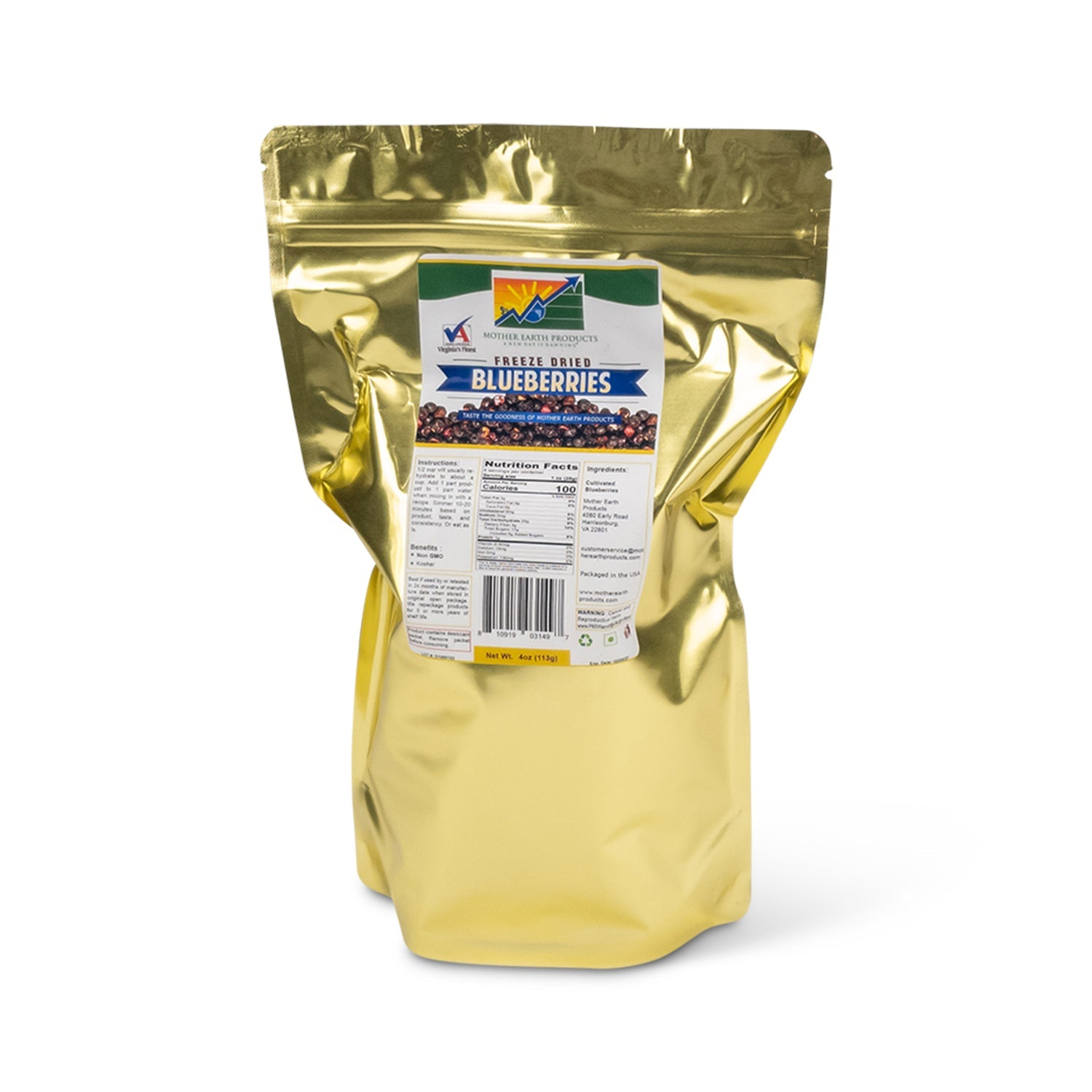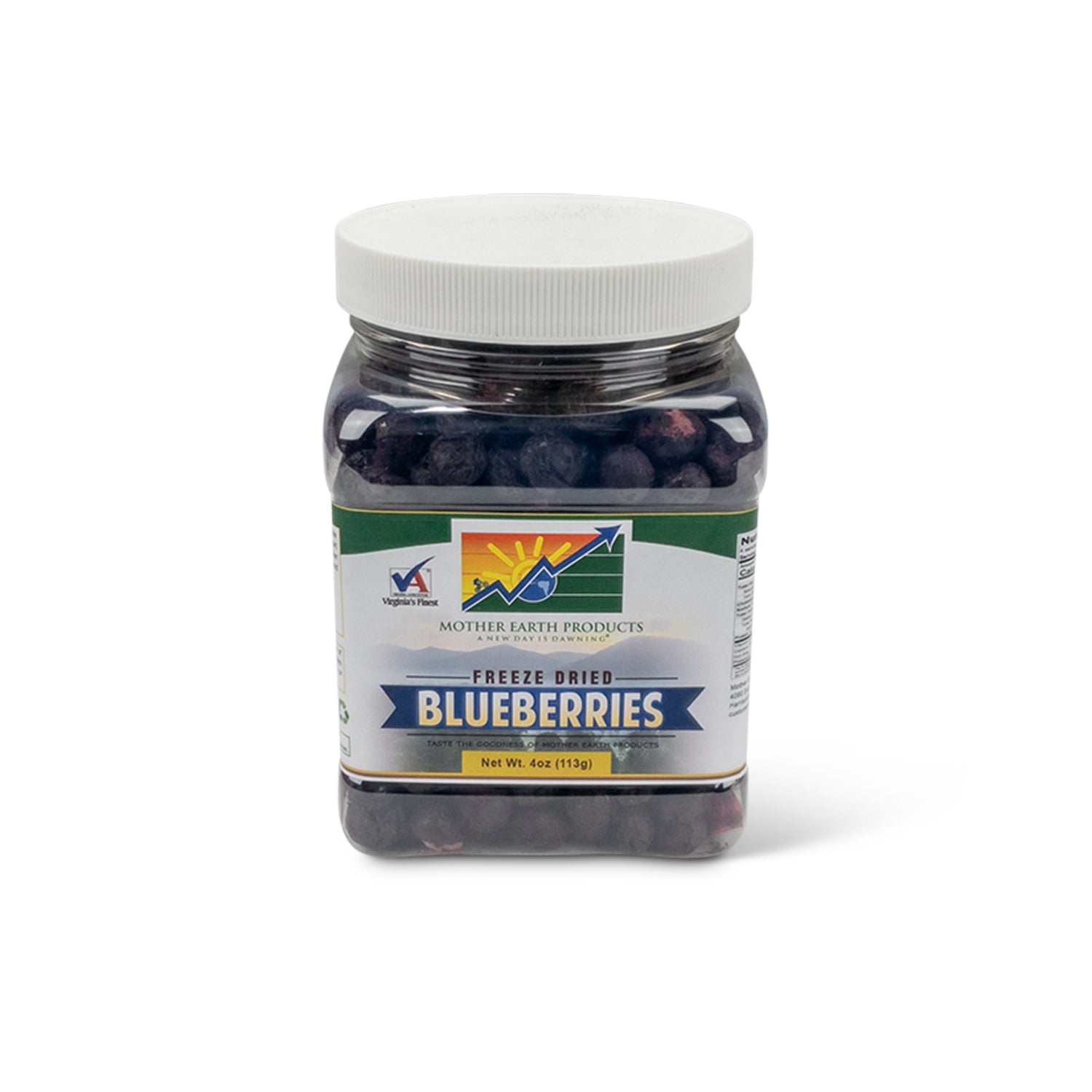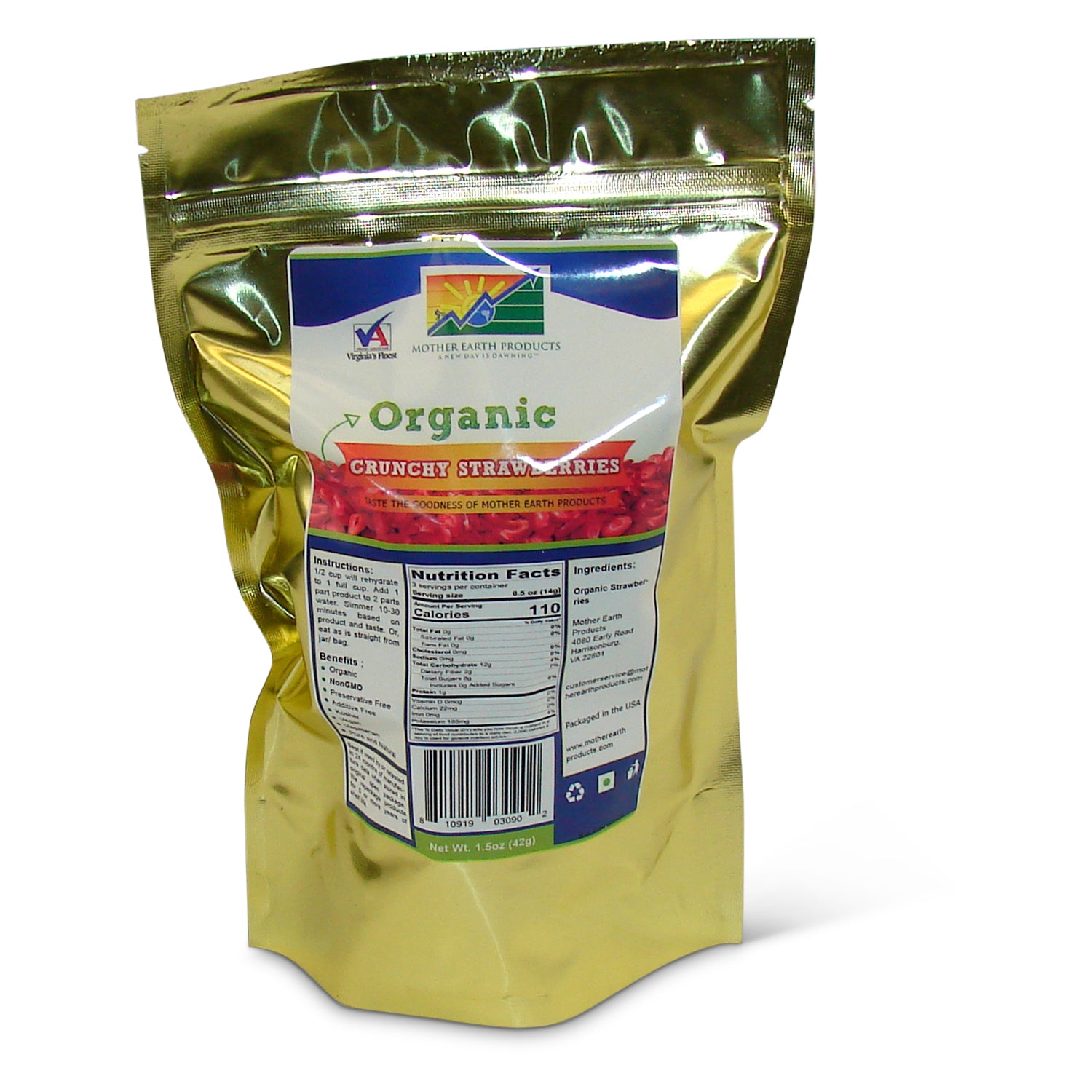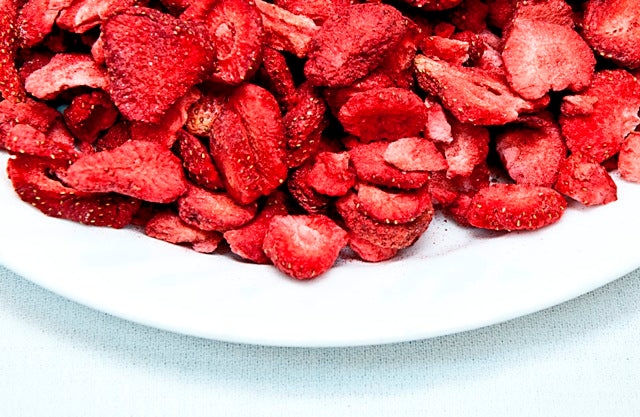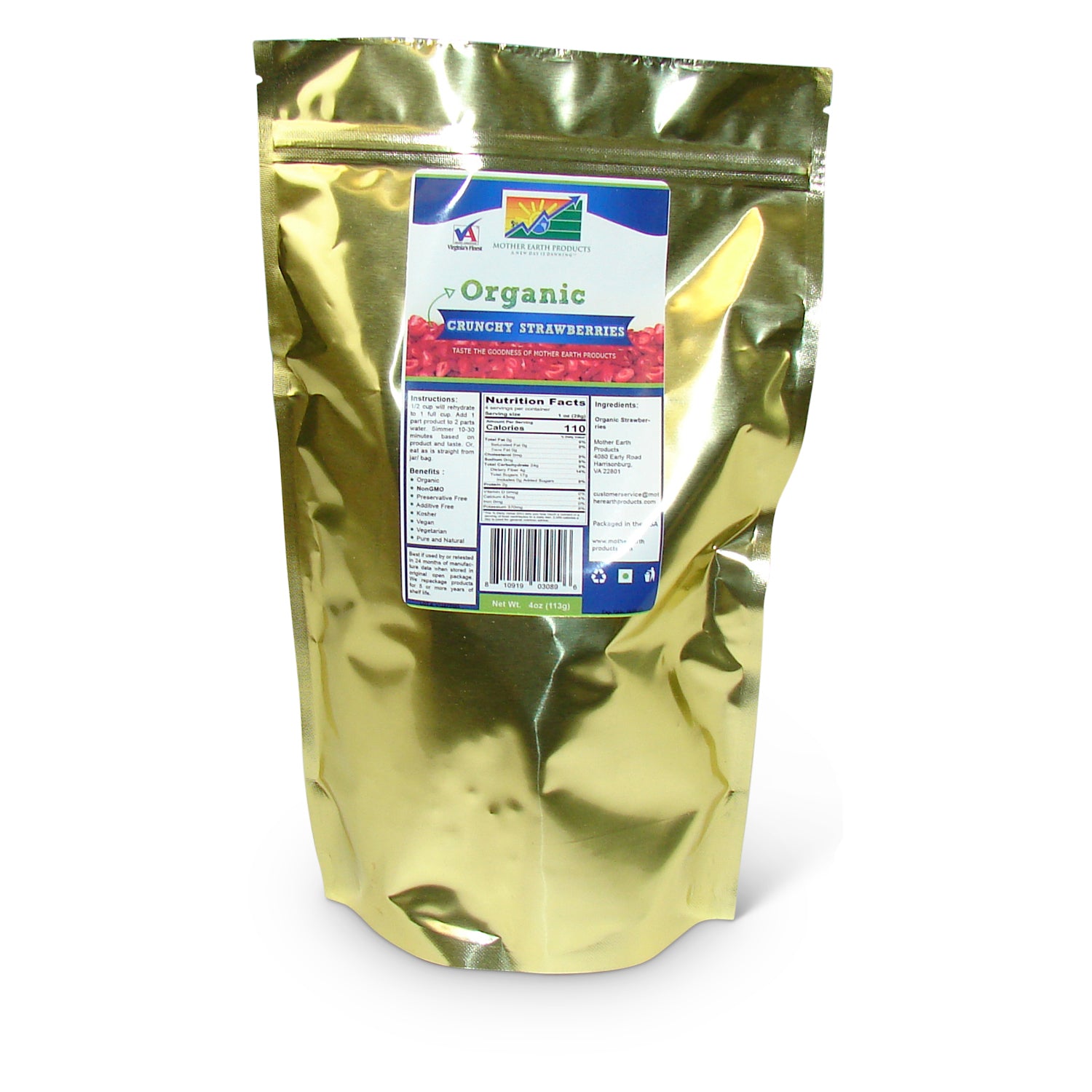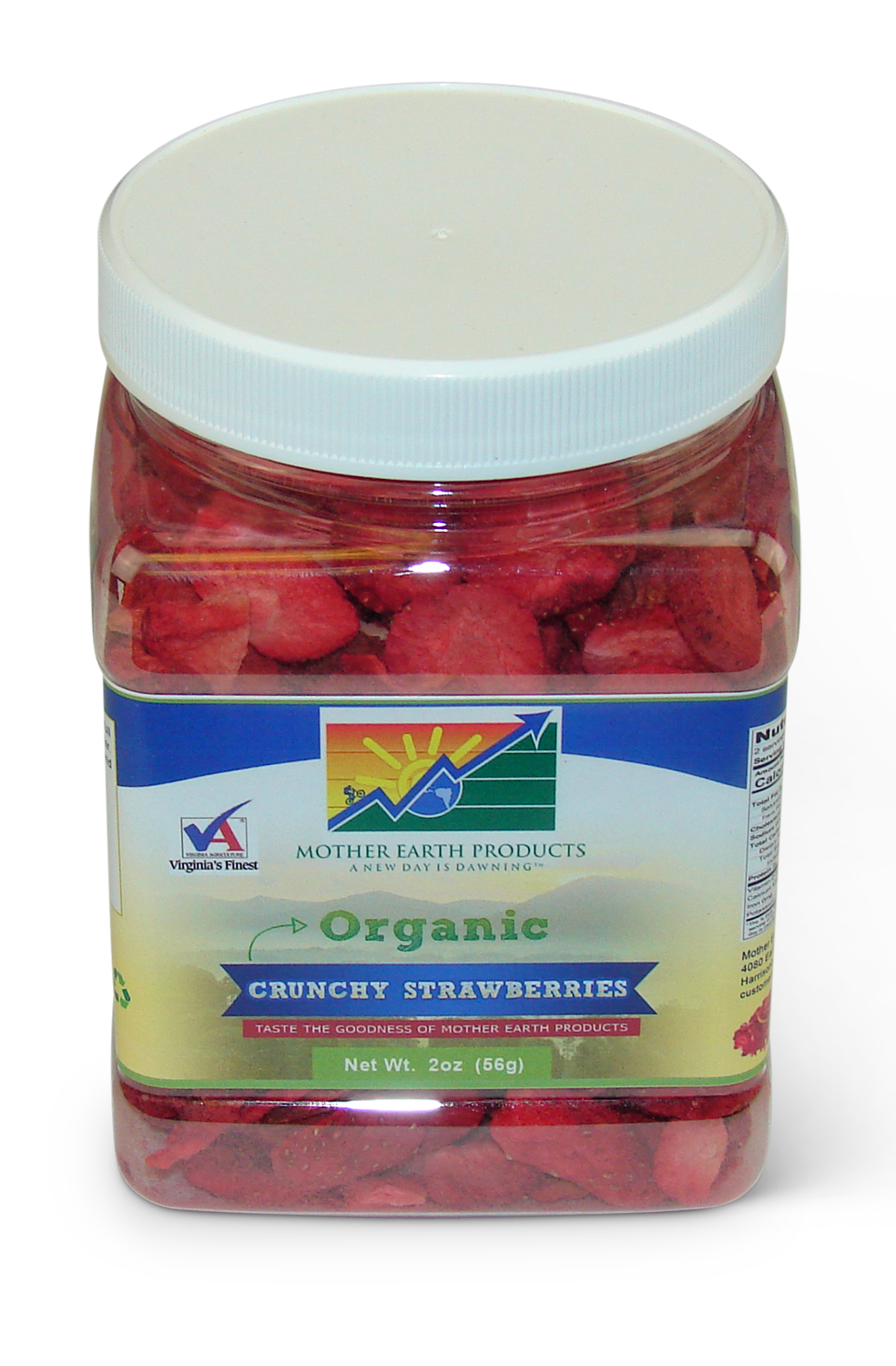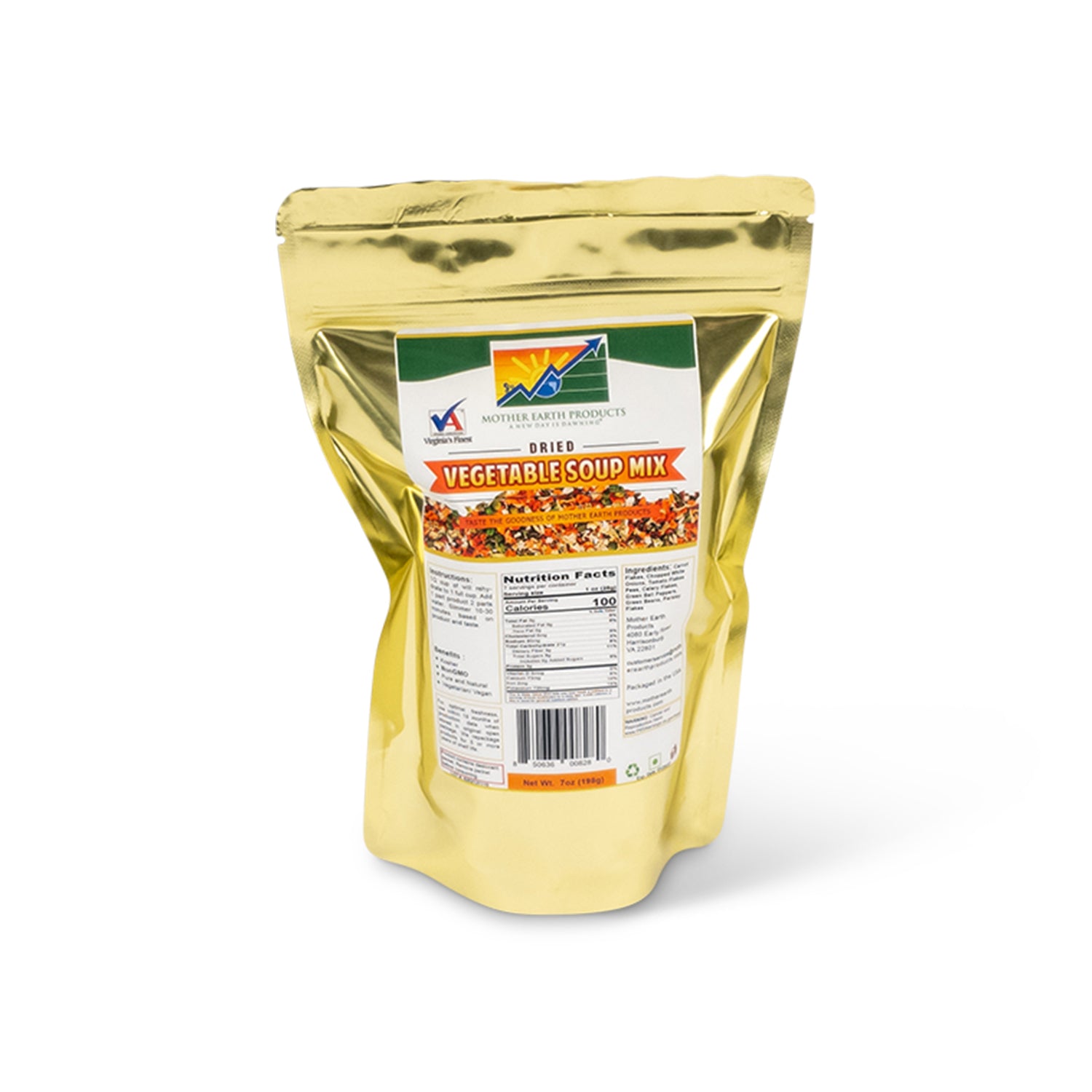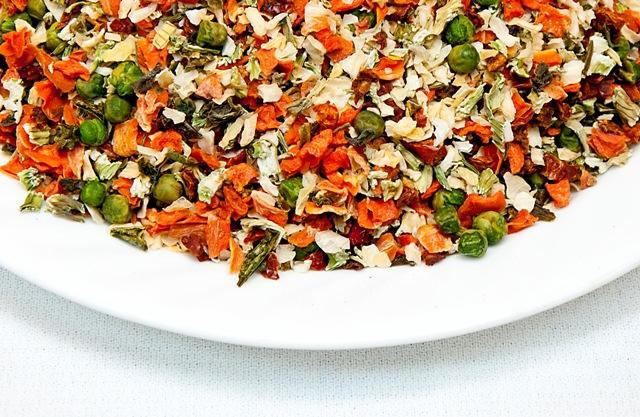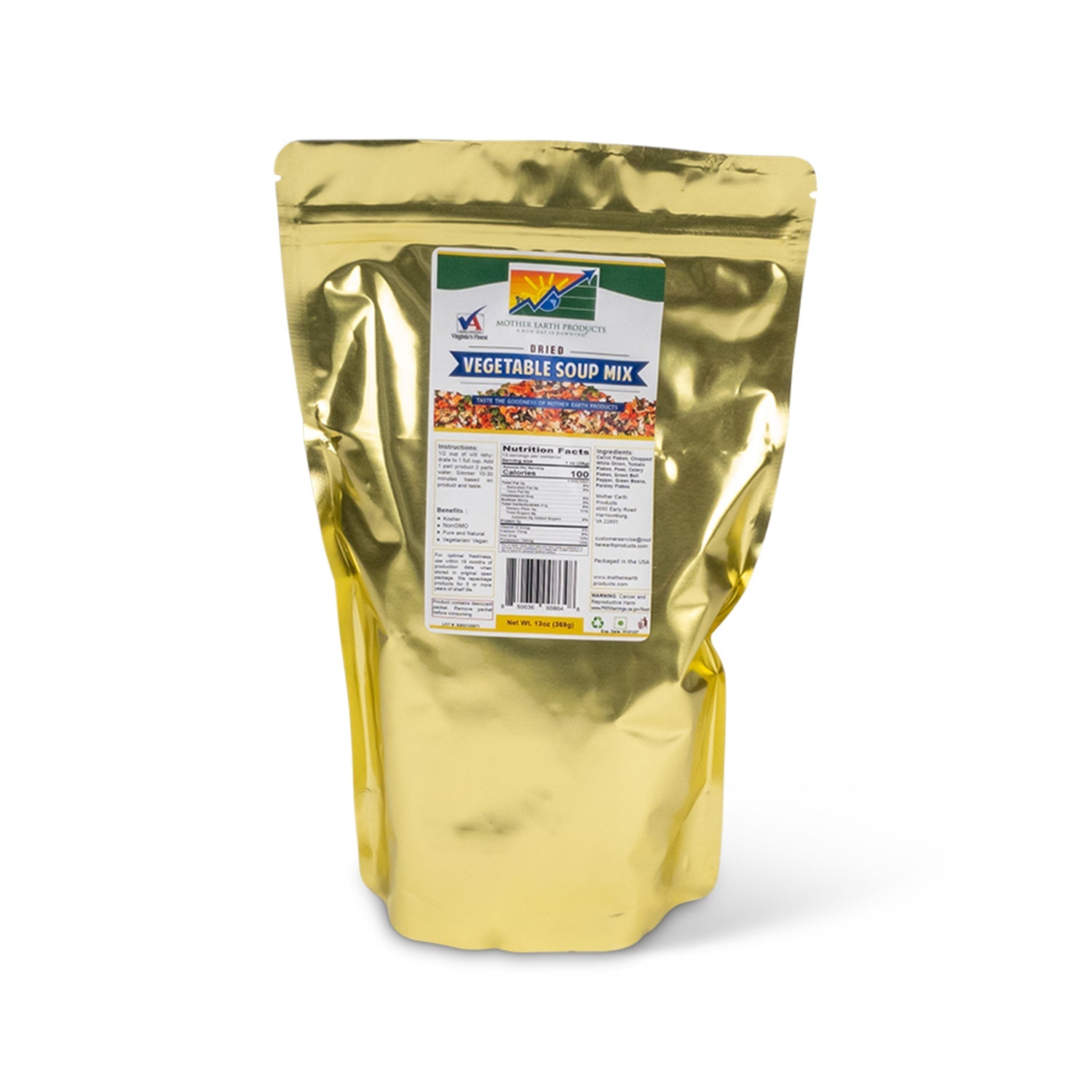Picture a sad platter of florets every time the word “cauliflower” is mentioned? Broccoli's distant cousin is slowly turning into the next superfood. Despite its humble looks, the cruciferous vegetable is packed with nutrients, including boosting brain power. Imagine what it can do for the rest of the body. Curious to find out why cauliflower is all the rage these days? These 6 benefits will convince that this vegetable is a veritable superfood.
- Reduces Inflammation
One key factors behind chronic disease is inflammation(1). This sneaky condition is a natural response of the body to protect your organs against multiple harmful substances. As helpful as this may sound, our bodies interact with toxins on a regular basis, which means inflammation grows stronger daily.
One way to avoid inflammation is to eat as many anti-inflammatory foods as possible. Cauliflower(2) is anti-inflammatory, and antioxidants play a huge role in that. Some antioxidants found in the cauliflower includes vitamin C(3), quercetin(4), cinnamic acid(5), and ferulic acid(6).
- Fights Certain Types of Cancer
It's no secret that cancer and toxins(7) go hand in hand. These harmful substances alter the way our genes work, which affects the function and proliferation of our cells. Antioxidants are one of the best ways to keep toxins from building up inside your body, and cauliflower plays a part. The delicious vegetable is rich in toxin-busting nutrients. Not only that, but cauliflower is also a great source of glucosinolates(8), sulfur-containing elements that help prevent cancer by preventing cell mutation.
The vegetable also contains phytoestrogens(9) which keep our hormones in check. That said, cauliflower is linked to a reduced risk of hormone-driven cancers: breast, uterine, and cervical cancers.
- Improves Digestion
Cauliflower is full of fiber, and according to experts, one cup contains 2.5 grams of fiber,(10) which covers about 10% of the daily recommended intake. What does this mean for your body? Dietary fiber(11) is a non-digestible carb that comes in two forms: soluble and insoluble. Even though these two types work in different ways once they reach the stomach, they both add bulk to the mix, making waste not just heavier but also softer. As a result, they force the food to move rather quickly through the intestines, making digestion easier.
- Supports Weight Loss
Fiber’s work continues: fiber is linked to satiety(12) which means that fiber-rich foods (including cauliflower) make us feel fuller longer. As a result, we end up eating less throughout the day, which slims down the waistline.
Experts suggest that 92% of the cauliflower’s weight is made up of water. Foods that contain a lot of water are usually low in calories. No matter how much of them we eat, there's little chance we’ll pile on the pounds. If that's not a recipe for sustainable weight loss, then we don't know what is.
- Boosts Brain Power
After years and years of thinking our wits come from our genes, research proves that there are a bunch of nutrients that can give our brains a boost. Choline is one of these brain-boosting nutrients, and even though the human liver produces some of it, it receives a little help from cauliflower(13).
This cruciferous veggie contains large amounts of the nutrient that helps boost our brain power(14) in various way: from enhancing memory to improving communication between cells. Choline is also necessary for producing acetylcholine(15) - a neurotransmitter involved in several functions of the nervous system (heartbeat regulation and muscle contraction).
-
Versatile
From pizza and burgers to brownies, smoothies, and puddings, cauliflower can do it all. Thanks to its thick consistency, the multitasking vegetable can readily substitute for flour in many recipes, both savory and sweet. Also, note that it's low in carbs, which makes it a perfect choice for anyone on a low-carb diet such as Keto.
The Takeaway
There's 6 reasons cauliflower is all the rage these days. From helping us lose weight to supporting our brain health, the yummy vegetable is indeed a superfood, and it's high time we included it in our day-to-day menu. Remember, cauliflower is a cool season crop - available during fall and winter. If you want to enjoy its health benefits all year long, we recommend stocking up on these freeze dried cauliflower pearls and add them to meals whenever the mood strikes. Now, that's smart cooking!
References:
- https://www.health.harvard.edu/heart-disease-overview/ask-the-doctor-what-is-inflammation
- https://www.ncbi.nlm.nih.gov/pmc/articles/PMC3793502/
- https://www.ncbi.nlm.nih.gov/pubmed/12569111
- https://www.ncbi.nlm.nih.gov/pubmed/21445799
- https://www.researchgate.net/publication/234502816_Antioxidant_Properties_of_Cinnamic_Acid_Derivatives_on_the_Lipid_Autoxidation
- https://www.researchgate.net/publication/266201761_Uses_and_Potential_Applications_of_Ferulic_Acid
- https://www.cancer.gov/about-cancer/causes-prevention/risk/substances
- https://www.ncbi.nlm.nih.gov/pubmed/11887749
- https://www.ncbi.nlm.nih.gov/pmc/articles/PMC3196693/
- https://nutritiondata.self.com/facts/vegetables-and-vegetable-products/2390/2
- https://www.ncbi.nlm.nih.gov/pmc/articles/PMC3614039/
- https://www.ncbi.nlm.nih.gov/pubmed/21115081
- https://nutritiondata.self.com/foods-000144000000000000000.html?categories=19,10,8
- https://www.ncbi.nlm.nih.gov/pubmed/15640516
- https://www.ncbi.nlm.nih.gov/pmc/articles/PMC5309389/



